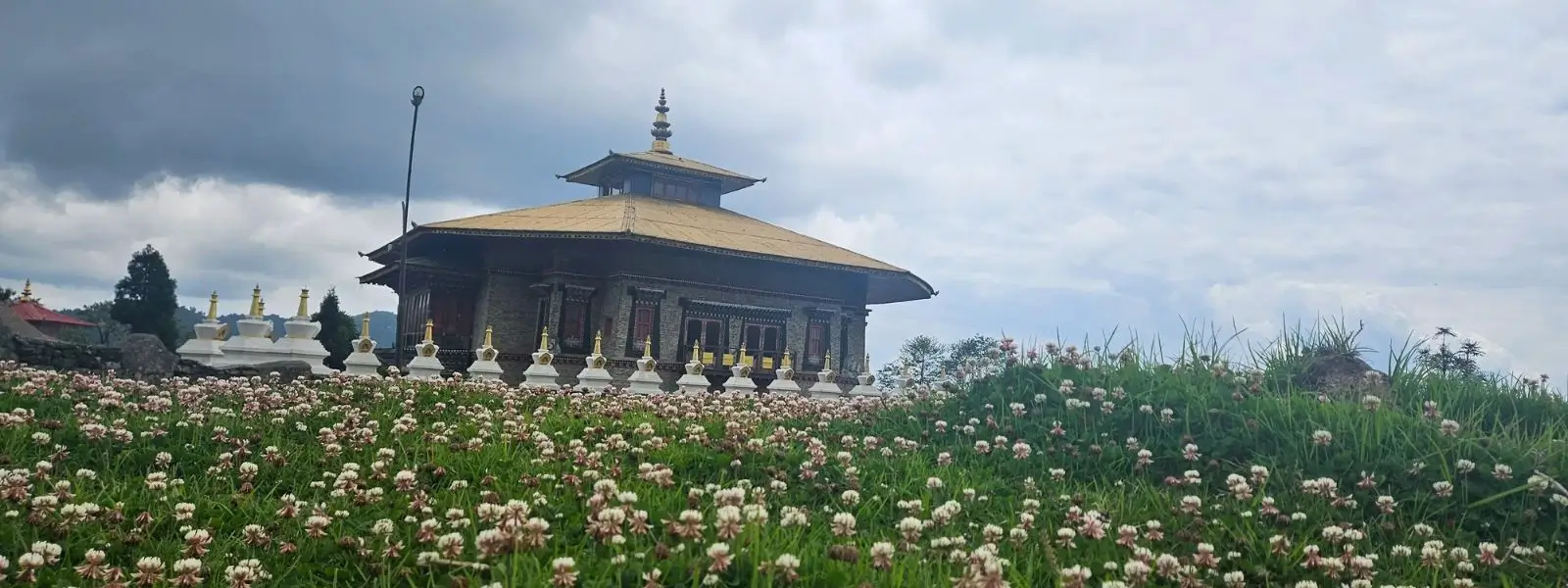
East Sikkim - Stunning Places from Gangtok to Nathula Pass
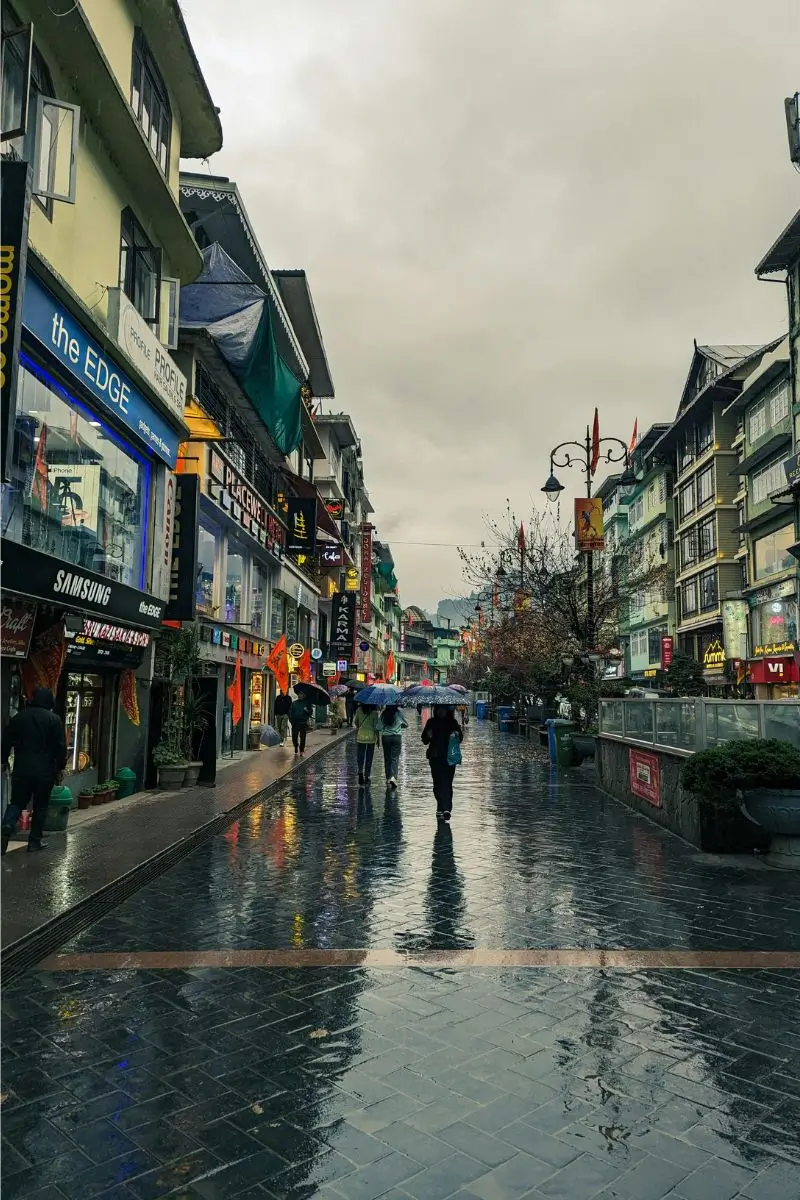
GANGTOK - Sikkim's Capital and Tourist Center
Gangtok is the lively capital city of Sikkim, located high up in the eastern Himalayas. Its name, “hill-top,” perfectly describes its elevated position. Often covered in clouds, Gangtok offers stunning views of Mount Kanchenjunga, which is the world’s third-highest peak.
This city is a bustling and friendly hill station, known for its vibrant mix of cultures and urban growth. It’s a beautiful and lively place, serving as the main hub for all state government activities.
Gangtok became the fourth capital of Sikkim in 1894. Chogyal Thutob Namgyal moved the capital from Tumlong to Gangtok, establishing it as the administrative and social heart of the region.
Tourism is the most important industry and the foundation of Gangtok’s economy. It’s a crucial starting point for nearly all trips into the majestic Himalayan mountains. Many visitors come to Gangtok to enjoy its pleasant summer weather, where temperatures range from 18°C to 25°C, making it an attractive escape from the heat.
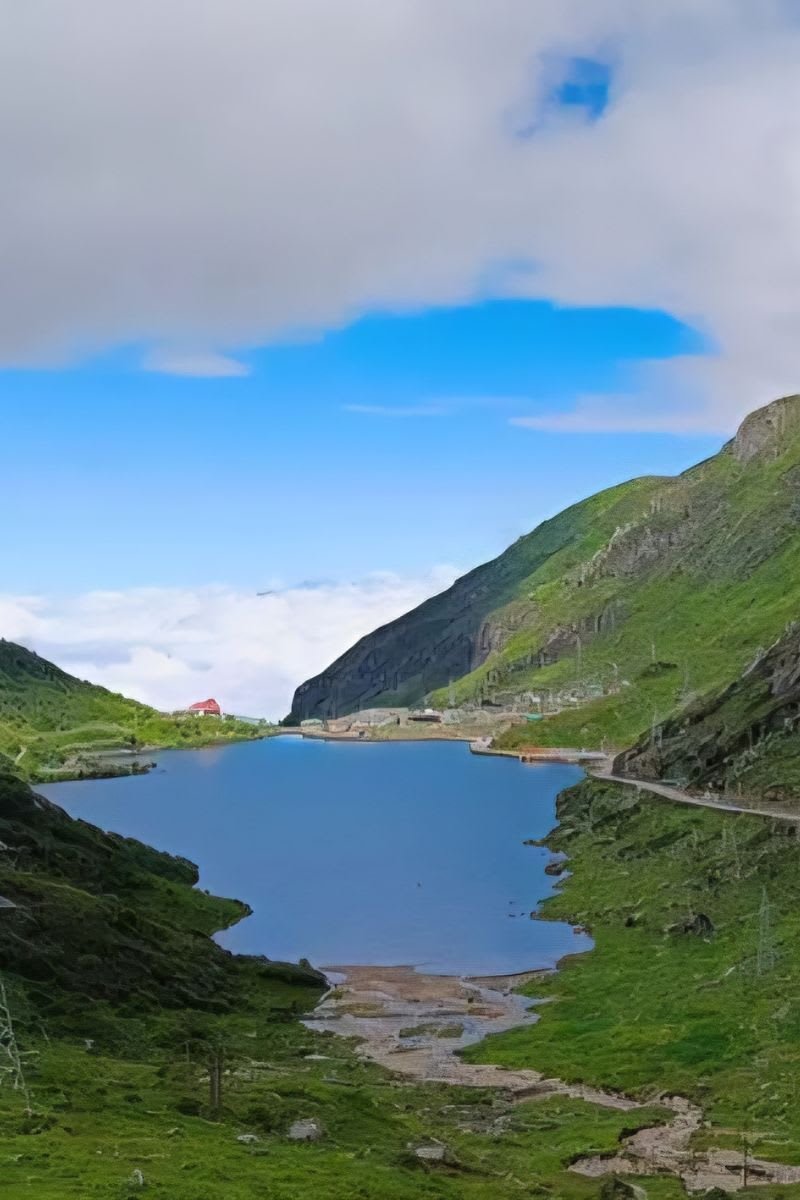
TSHOMGO (CHANGU) LAKE
Changu Lake, also known as Tsomgo Lake, is a breathtaking glacial lake nestled in the mountains of Eastern part of Sikkim, India. Perched at a remarkable altitude of 12,400 feet (3,753 meters), this ethereal beauty is a must-visit destination, located just 37-40 kilometers from Gangtok on the Gangtok-Nathula Highway. Its name, Tsomgo, translates to “source of water” in the Bhutia language, aptly describing its origin from the melting snows of the surrounding peaks. This magnificent lake, roughly 48 feet deep and spreading over 1 kilometer, is unique, as its water source from melting snow ensures it never dries up.
The lake’s allure lies in its ever-changing appearance throughout the seasons, making each visit a unique experience. During winter, from January to mid-May, Changu Lake completely freezes over, transforming into a blanket of ice and snow, with its surroundings similarly cloaked in white. In late spring, particularly from April to July, the lake undergoes a vibrant transformation.
Beyond its natural splendor, Changu Lake holds profound cultural and spiritual significance for the local Sikkimese people. It is highly revered by Buddhists and Hindus alike as a sacred lake, believed by local folklore to be the abode of protective deities and even formed from the tears of gods
The best time to visit varies depending on the desired experience. Winters offer opportunities for trekking and yak rides on snow, while October to December provides a chance to see migratory birds as the lake partly freezes. Spring, from April to July, showcases the magnificent floral bloom. The lake often experiences sparkling weather most of the year.
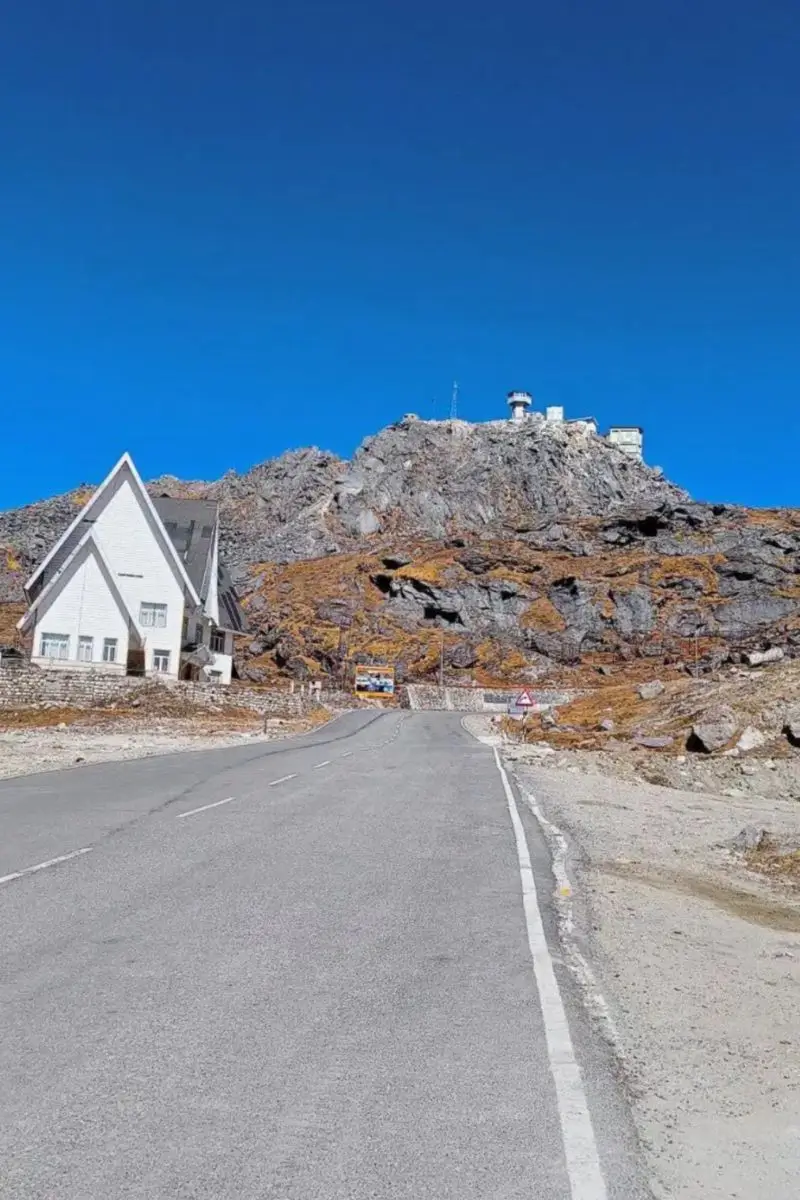
NATHULA
Nathu La is a strategic high-altitude mountain pass in the Himalayas, situated at an elevation of 4,310 meters (14,140 ft). It connects India’s state of Sikkim with China’s Tibet Autonomous Region. Historically, Nathu La was a crucial segment of the ancient Silk Road. It was sealed after the 1962 Sino-Indian War and reopened in 2006 for bilateral trade, although its economic performance has been underwhelming compared to initial projections.
A unique aspect of Nathu La is the close proximity of Indian and Chinese soldiers, making it one of five official Border Personnel Meeting points between the two armies. It also serves as an alternative and easier pilgrimage route to Mount Kailash and Lake Manasarovar.
Nathu La is a popular tourist destination, drawing visitors for its stunning high-altitude beauty, snow-capped peaks, and panoramic views. Indian citizens require a special permit to visit, and the pass is generally accessible from Wednesday to Sunday. Popular nearby attractions include the Tsomgo (Changu) Lake and the revered Baba Harbhajan Singh Temple.
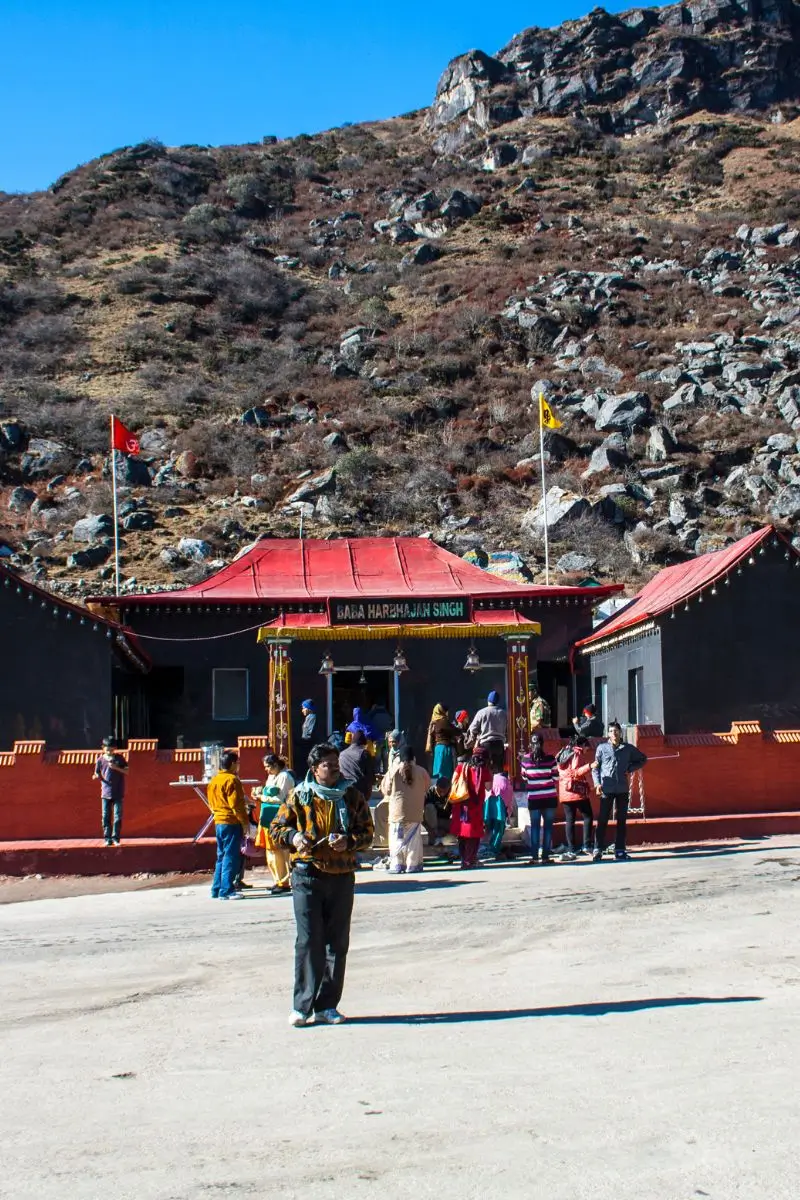
BABA HARBHAJAN SINGH TEMPLE
The Baba Harbhajan Singh Temple in Eastern Sikkim honors Indian Army soldier Sepoy Harbhajan Singh (1946-1968), who died near Nathu La in 1968. Legend states his spirit guided colleagues to his body and desired a memorial. He is believed to guard the Indo-China border, foretelling dangers to soldiers, and is even respected by the Chinese army. This site is a source of faith for army personnel and a popular tourist destination.
Two temples exist. The Old Baba Mandir marks his original bunker site near Chhokya Chho at an elevation of around 4,000 meters (13,120 feet) on the way to zuluk, less frequented by tourists and requiring a 50-stair climb. Visiting the Old Baba Mandir requires an overnight stay either at Gnathang or Zuluk.
Less tourist visit this temple mainly because of teh mandatory night halt, limited parking facilities and its location in a more sensitive zone. The New Baba Mandir was constructed for tourist convenience at a more accessible junction of Kupup Gnathang road and the Menmecho Lake trail. Best visited April to November for enchanting views, a Protected Area Permit is required.
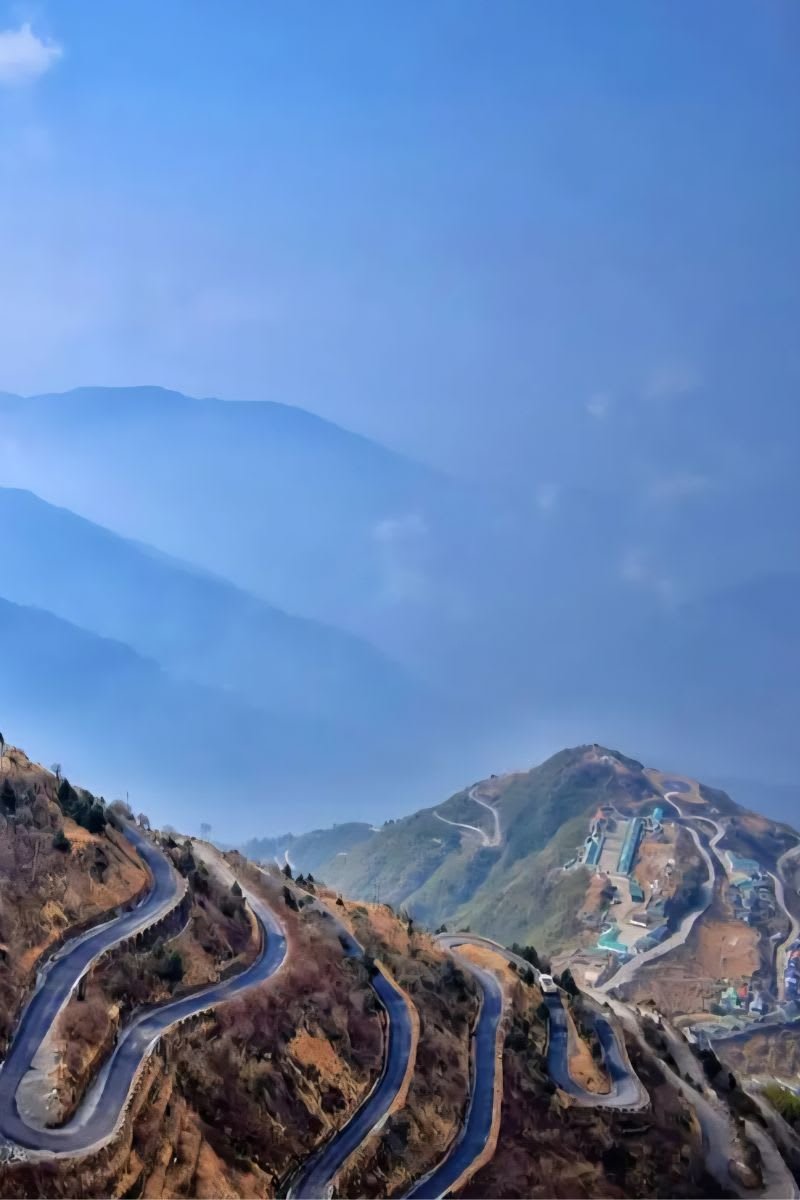
ZULUK (SILK ROUTE)
Dzuluk (also called Zuluk, Jhuluk, or Jaluk) is an emerging, offbeat hamlet located in the lower Himalayas of Sikkim’s Pakyong District, situated at an elevation ranging from approximately 9,400 to 10,100 feet.
Zuluk was historically a crucial transit point along the Old Silk Route that connected India to Tibet. This path was used by traders to exchange goods like silk, wool, and salt, and served as an overnight base for those traveling to Tibet via Jelep La, until the route closed after the 1959 Chinese crackdown. Today, Zuluk maintains a strategic location as it hosts an Indian Army base, which serves as a transit camp for military movement toward the nearby Indo-Chinese border.
The village accommodates approximately 700 people. Travel time from Gangtok is roughly 4 hours (90 km), while the distance from Bagdogra airport (or NJP) is 160 km, requiring about 6 hours of driving.
Dzuluk is known for its excellent view of the eastern Himalayan Mountain range, including the Kanchenjunga, often seen from its three-level switchback roads. During the summer months, Dzuluk is a riot of colours due to thousands of blooming rhododendrons. For comfortable weather and clear skies, April to June is ideal, while September to November offers good mountain views. The monsoon season (June to September) brings heavy showers, and winter (October to February) is marked by cold and heavy snowfall.
